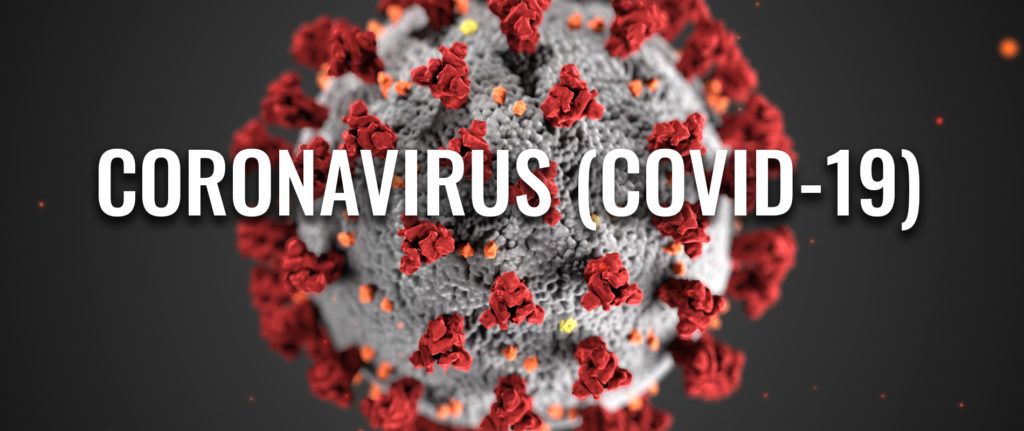
During this time of crisis, the one thing uniting the vast majority of Americans is their collective fear—health fears, fears over the economy, fear of job security, fear of fellow man. I will refrain from interjecting my own personal opinions and feelings, but 95% of all these fears are irrational. Fear is an emotion. Emotion is the absolute worst reason to ever make a decision: whether it’s signing a contract, buying a house, quitting a job, or shooting a gun, allowing emotion to guide you—rather than logic, reason, and fact—almost always ends in disaster. And as people give way to their fears and begin to panic, the rational must be ever more alert.
Nearly all of the individual, local, state, and national response to this COVID-19 pandemic is response to other human response (fear) and not based on fact or reason. To demonstrate this, ask yourself this question: When did you first decide you needed to stock up on toilet paper? Was it: A) when you first learned about the virus; or B) when you first learned everyone else was stocking up on toilet paper and you better get yours before it’s gone? How many of you have, during the course of a conversation, said, “Well this is happening in Italy,” or “That is happening in Spain,” or “In Washington they are…” My point is that all of this is based on what others are doing, rather than taking a look at established facts and making an educated, rational, and logical decision.
As the average human allows more fear into their world, the more their decisions are emotion-based. This results in more erratic, unpredicted, and dangerous human behavior. There is little we can do to quell this far more dangerous human threat, but, for those of us concerned with personal and family safety and protection, we can prepare ourselves against the irrational.
The first step to staying safe is to recognize the threat. We do this by understanding that people are dumb and irrational and will do dumb and irrational things during a crisis. Simply based on our knowledge of how the herds are reacting, our personal alert levels should instantly be raised. This, in turn, should cause us to be more vigilant of our surroundings and taking note of our own vulnerabilities.
Second, be prepared to face the threat. Stories and videos of fights breaking out over simple paper products or basic food staples are all over the internet. Having recognized that we may unwittingly find ourselves in this type of situation, we must be ready to face such a threat; being caught off guard can mean the difference between winning and losing—between life and death. This means being conscientious of our current state at all times, and having the proper tools on hand. Here’s what this might look like:
I have toddler twins. They can be a handful. Normally when I go to a store alone with them (or even with my wife), I let either one or both walk alongside me in the store. If I were suddenly to find myself in some kind of fight, my children pose a liability and a risk being “loose.” Now when I go out, I put them both in a shopping cart. Only one spot for them to sit up by where I push? No problem, the second sits in the basket with the stuff I’m buying. This way, I can free up my hands in an instant and easily put myself between the threat and my children.
Additionally, I pay more attention to the EDC gear I’m taking and how it is set up. Knife A may be my favorite, but knife B is easier to deploy; I go with knife B. Normally I may wear a light jacket out, but this is one more layer I have to clear to reach my concealed firearm; I leave my light jacket at home. It’s raining and I usually carry an umbrella between the store exit and my car, but this ties up my hands even more; I endure getting a little wet in the name of response time.
Lastly, I must make sure that I am mentally and physically ready to go. Overcoming personal fear can be a life-long pursuit. But if you are allowing emotion to cloud your normally clear thoughts and judgments, you are placing yourself in harm’s way: you may miss the obvious sign of a threat, forget part of your EDC, or be slow to react to an active threat. Eighty percent of personal protection is a state of mind, and that state of mind cannot be muddied by anything else if you plan to be effective.
Though our range time may be limited, are you physically prepared in case of a critical situation? Have you been dry practicing your draw? Have you been practicing a smooth trigger pull and recovery? When was the last time you cleared a malfunction during dry practice? Or when was the last time you exercised or went from a jog?
We cannot control our environment, we can only control how we pass through it. As people become more irrational and take more panic-driven actions, we must rise to meet the heightened threat level these irrational folks pose. Understand that people are acting bizarrely. Prepare yourself as you go out, ensuring that you have what you need to maximize your efficiency. Be mentally and physically to deal with whatever unexpected situation you may encounter.
Go the extra mile to keep the peace: let the guy cut in on the road, be the bigger person and let the pushy jerks have their way, don’t react to those who overreact at the smallest of triggers. The only fight you are ever guaranteed to win is the one you avoid. In a time when the norm is to be irrational, be the irrationally rational one.
Be safe, be smart, and I’ll see you in the classroom,
-Instructor Taylor
